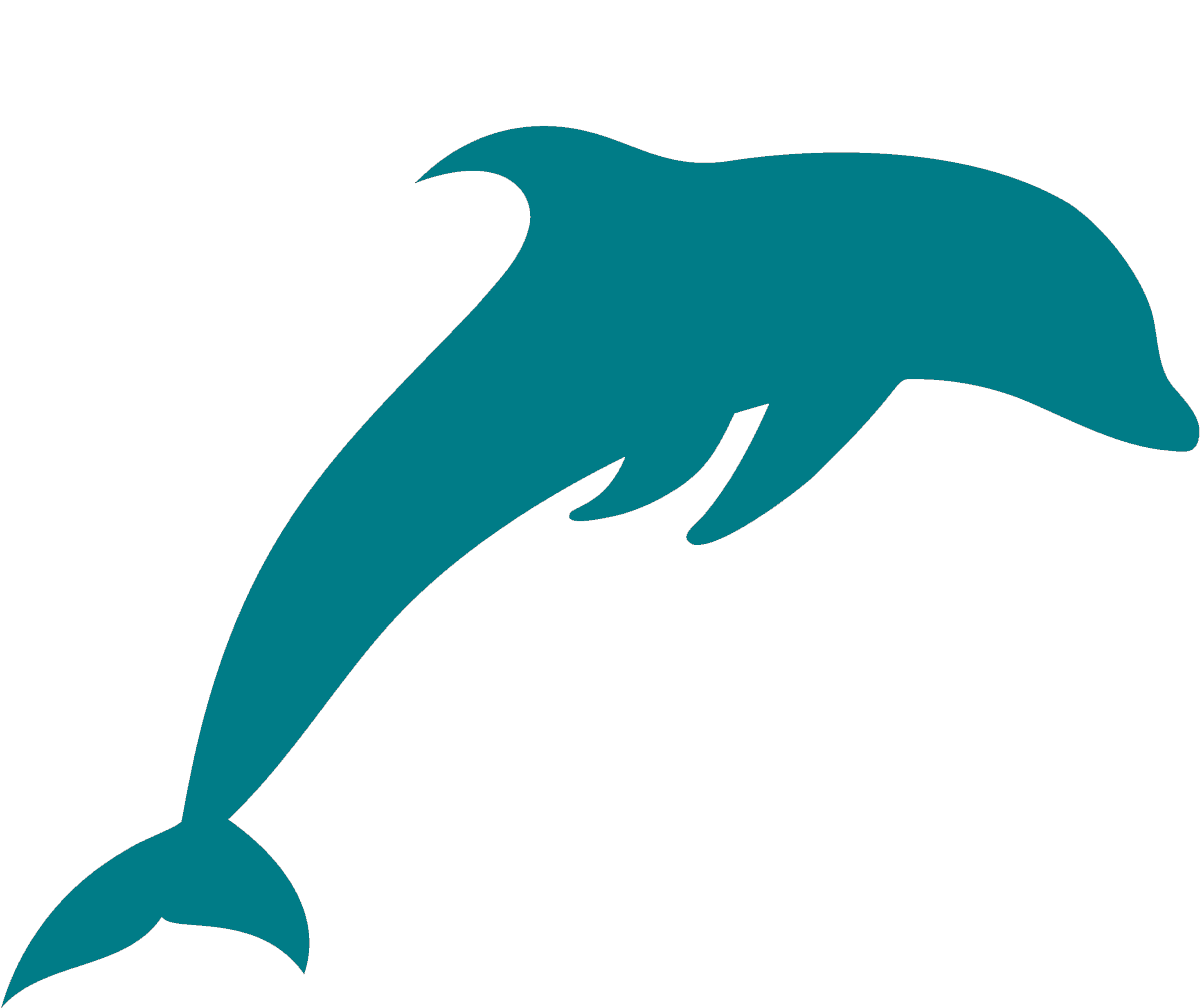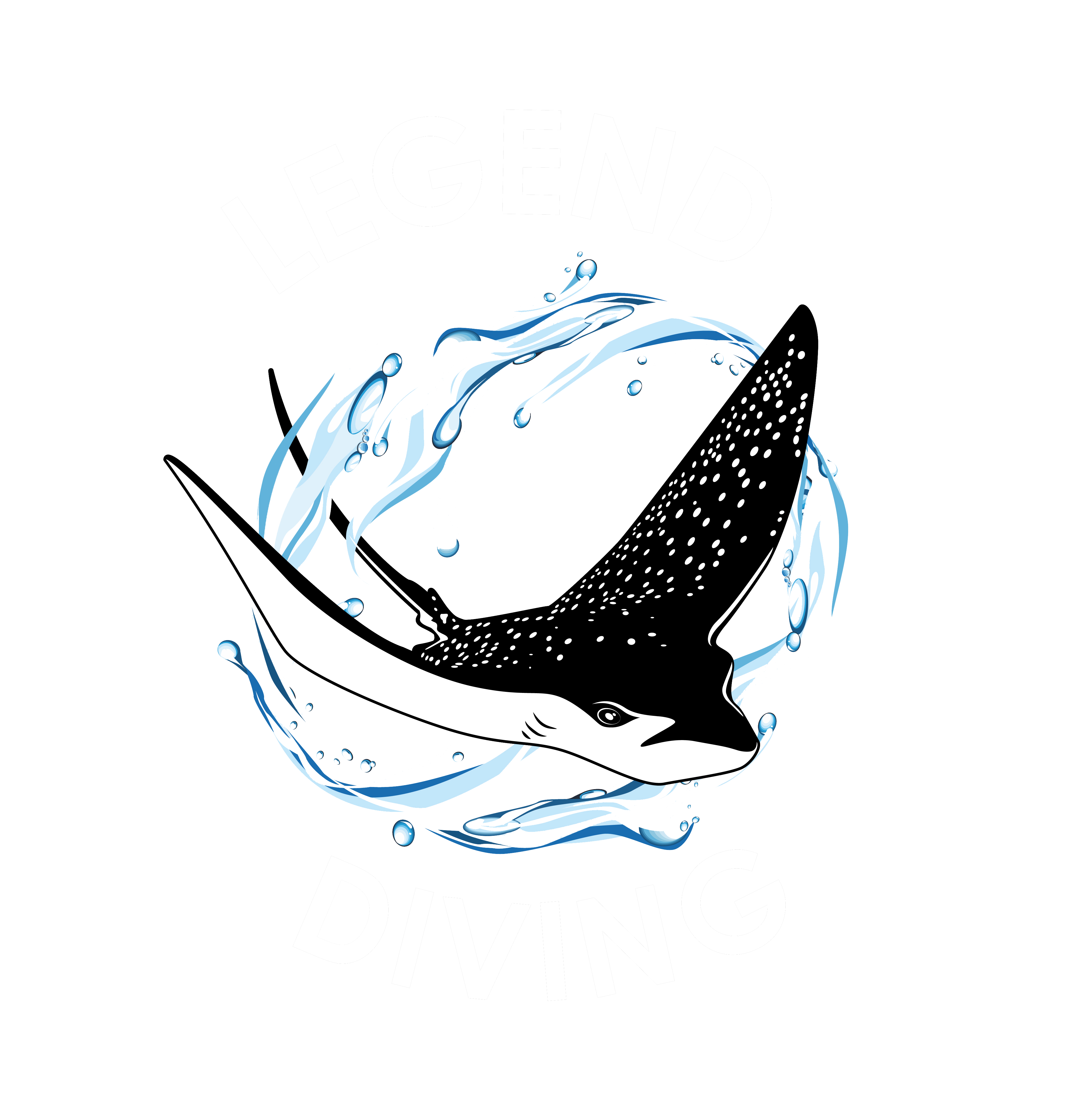
Residents of the Deep
What We’ve Learned About Bali’s Mola Mola
The most famous resident of all is the Mola mola Nusa Lembongan. People travel all over the world to see this strange fish. Many do not believe that it exists until they see it with their own eyes! Luckily, our waters are the best place to spot Mola mola in the entire world.

Why You’d Love to Meet Them
Fascinated by Mola Mola? Dive into their world and uncover exciting facts about these gentle giants
Sunfishes can be found in most oceans all over the world. However, their size is usually rather small and it will not be easy to localize their cleaning station. While here in the Nusa Penida Marine Protected Area, scientific studies run for many years and we know exactly when and where to find them.

Conservation Efforts and Responsible Conduct
Guidelines for Diving with Mola Mola in Bali
For those interested in conservation, we provide a 3,5 days program focused on the marine megafauna of the Nusa Penida Marine Sanctuary. Throughout this training, you will seek to gather data, track populations, and promote the protection of these legendary creatures. Through a partnership with the citizen science initiative known as Match My Mola, individuals have the opportunity to contribute images of sunfish, thereby enhancing the tracking and comprehension of the migratory patterns exhibited by these animals.

Responsible Practices for Mola Mola Encounters
- Do not touch any marine life or anything when scuba diving. If a Mola Mola approaches you, stay still and make sure not to touch them!
- Approach Molas slowly and in their field of vision. Do not make splashes in the water and never surround them.

Residents of the Deep
What We’ve Learned About Bali’s Mola Mola
The most famous resident of all is the Mola mola Nusa Lembongan. People travel all over the world to see this strange fish. Many do not believe that it exists until they see it with their own eyes! Luckily, our waters are the best place to spot Mola mola in the entire world.

Why You’d Love to Meet Them
Fascinated by Mola Mola? Dive into their world and uncover exciting facts about these gentle giants
Sunfishes can be found in most oceans all over the world. However, their size is usually rather small and it will not be easy to localize their cleaning station. While here in the Nusa Penida Marine Protected Area, scientific studies run for many years and we know exactly when and where to find them.

Conservation Efforts and Responsible Conduct
Guidelines for Diving with Mola Mola in Bali
For those interested in conservation, we provide a 3,5 days program focused on the marine megafauna of the Nusa Penida Marine Sanctuary. Throughout this training, you will seek to gather data, track populations, and promote the protection of these legendary creatures. Through a partnership with the citizen science initiative known as Match My Mola, individuals have the opportunity to contribute images of sunfish, thereby enhancing the tracking and comprehension of the migratory patterns exhibited by these animals.

Responsible Practices for Mola Mola Encounters
- Do not touch any marine life or anything when scuba diving. If a Mola Mola approaches you, stay still and make sure not to touch them!
- Approach Molas slowly and in their field of vision. Do not make splashes in the water and never surround them.






